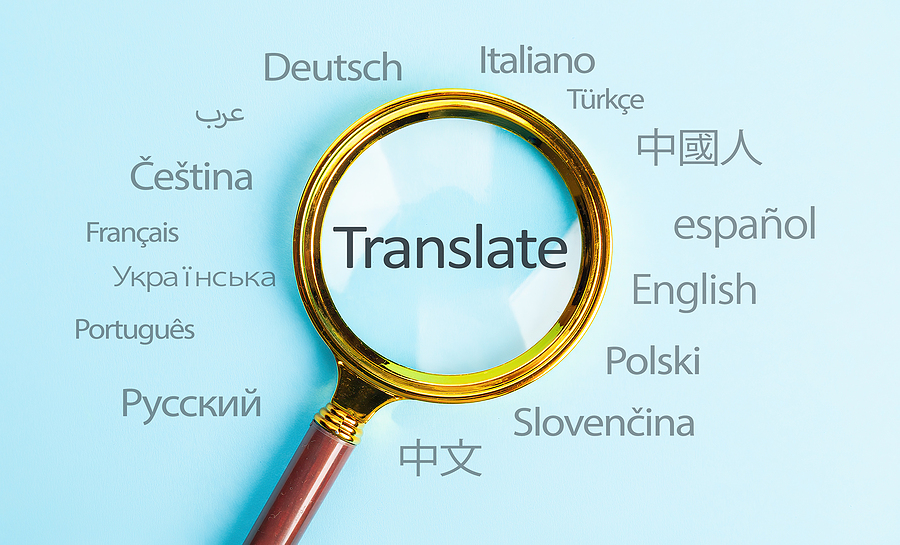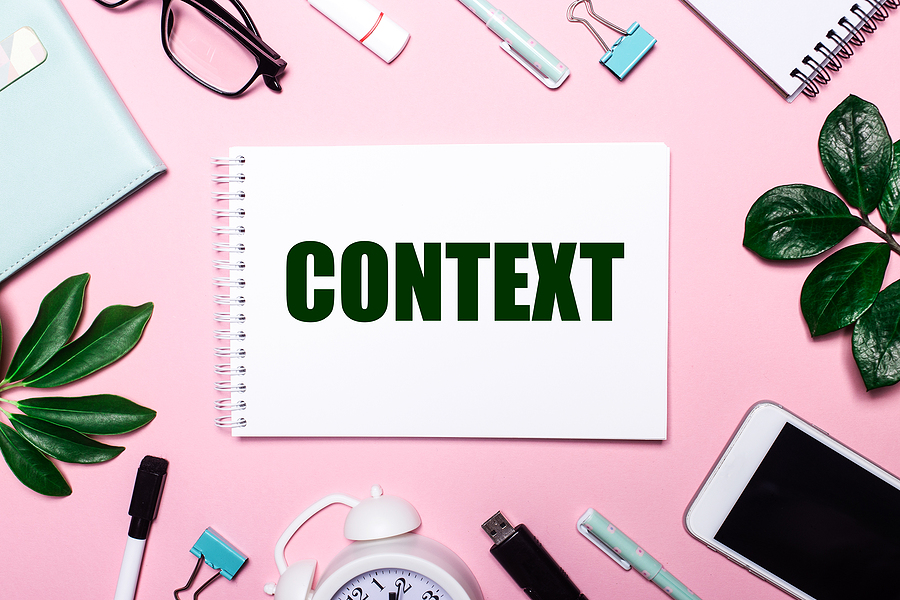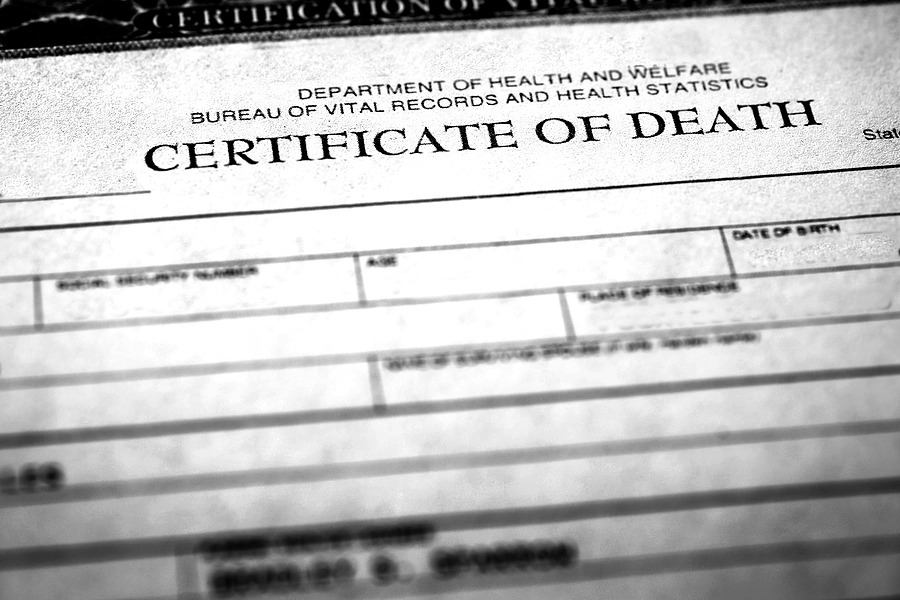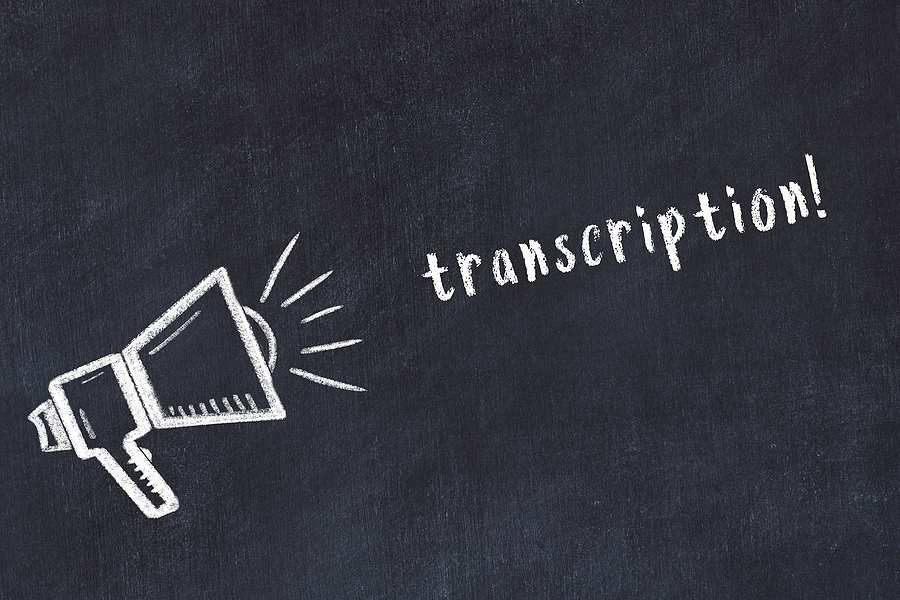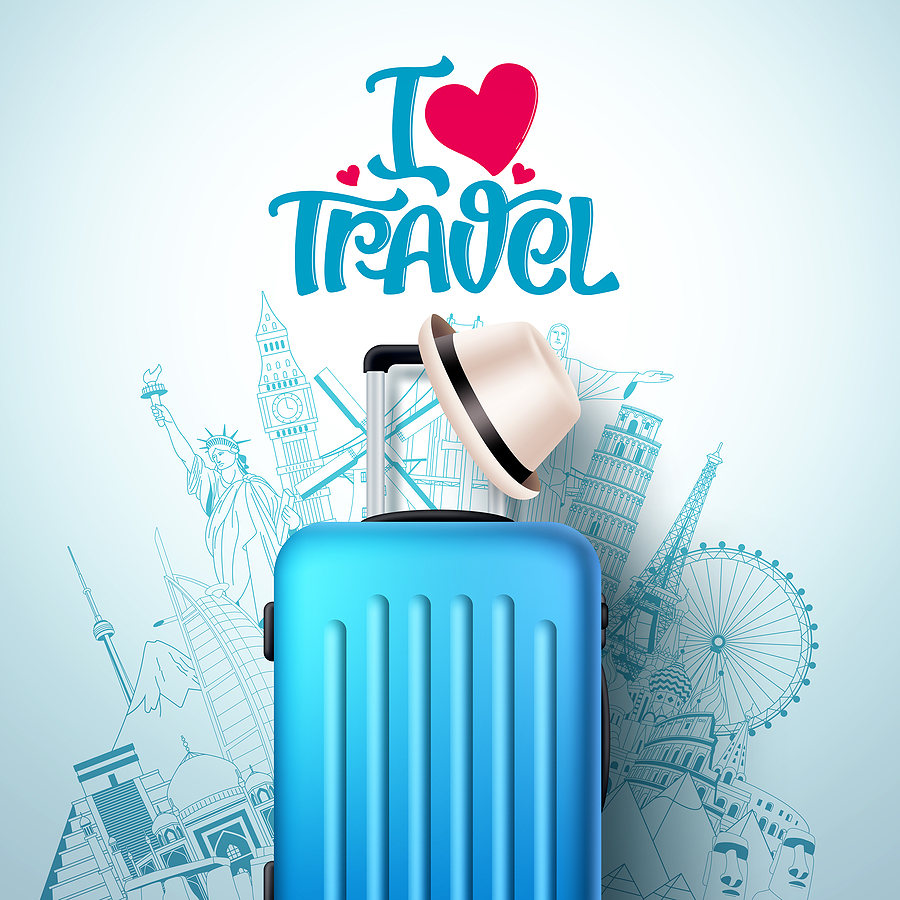Medical translation services and medical interpreting services are in demand worldwide more than ever before, as the Covid-19 pandemic has demonstrated over the last two and a half years. There are many reasons for this other than a single pandemic and equally, there are many different types of both medical translation and interpreting. This makes the medical translation and interpreting industries an increasingly attractive career choice for graduates. It also makes it increasingly important for businesses and institutions related to the medical field to understand the critical relevance of medical translation and to know how to select the most appropriate professional translation and interpreting services to meet their requirements. A brief description of the variety of medical translation and interpreting services available follows below.
The different types of medical translation
1. Medical translation types in a hospital setting
It should be obvious that a large part of the medical translation services required will be in the context of a hospital. The variety of ways in which translation is required is immense.
Medical technology, for example, is a worldwide commodity, and instrumentation and equipment may be manufactured in many different countries, each of which may have a different official language. Instrumentation and equipment bought and imported from a country other than where the hospital system is located may necessitate accurate and complete translation of instructions for use, including maintenance and installation when languages differ.
Drugs used in hospital procedures may also originate in many different countries. Medical professionals in the hospital setting together with hospital-based pharmaceutical services depend on accurate and informative medical translation of drug descriptions including correct handling procedures, storage, dosage, and application for use.
Many hospitals now experience patient visitation by people who may not be able to speak or understand the main language used in that hospital. Migration and refugee intakes have increased in many more affluent countries over the last two decades or more, meaning that medical instructions and information conveyed to patients must be carefully communicated if these patients and their carers or families are to understand diagnoses, surgical procedures, and choices, medication use and other post-hospital instructions. This is where medical translation services are required to allow equality of access to sufficient medical care irrespective of ethnic or language origin. In some countries, such as the U.S. this equality of care is enshrined in law.
2. Medical interpreting services
Medical translation involves the conversion of text from one language to another. A good example in the medical context is the translation of a new MRI scanning machine manual from German to English. Medical interpreting services, in the hospital context, on the other hand, relate to converting what people say from one language to another. Where hospitals expect to provide medical services to a multi-lingual community, the demand for medical interpreters capable of communicating information between health professionals in the hospital and their patients is an ongoing necessity.
In some countries, such as Switzerland, Malaysia, and India, where there are many different languages spoken amongst the inhabitants, there is an apparent ongoing need for effective medical interpreting. This is also the case where there has been an increase in refugee or migrant populations who may need to use the services of a hospital.
3. Types of medical translation – General
There are many other types of medical translation that are not necessarily bound to the hospital environment. These include the translation of the following:
- academic journals;
- clinical trial documentation and protocols;
- market research;
- medical documents;
- patents;
- patient brochures and websites;
- prescription labels;
Conclusion
Those who manage and maintain medical facilities of all types know that choosing a medical translator or interpreter should not be taken lightly. These services should be the preserve of well-trained and experienced professional translators and interpreters who specialize in the medical field.




